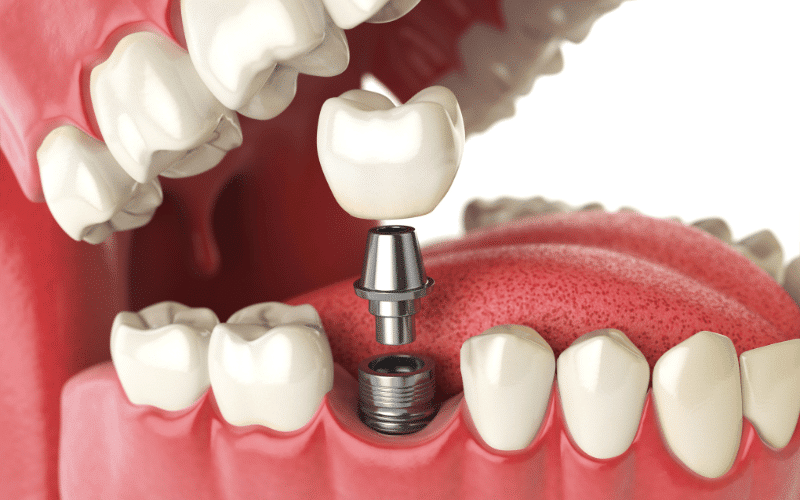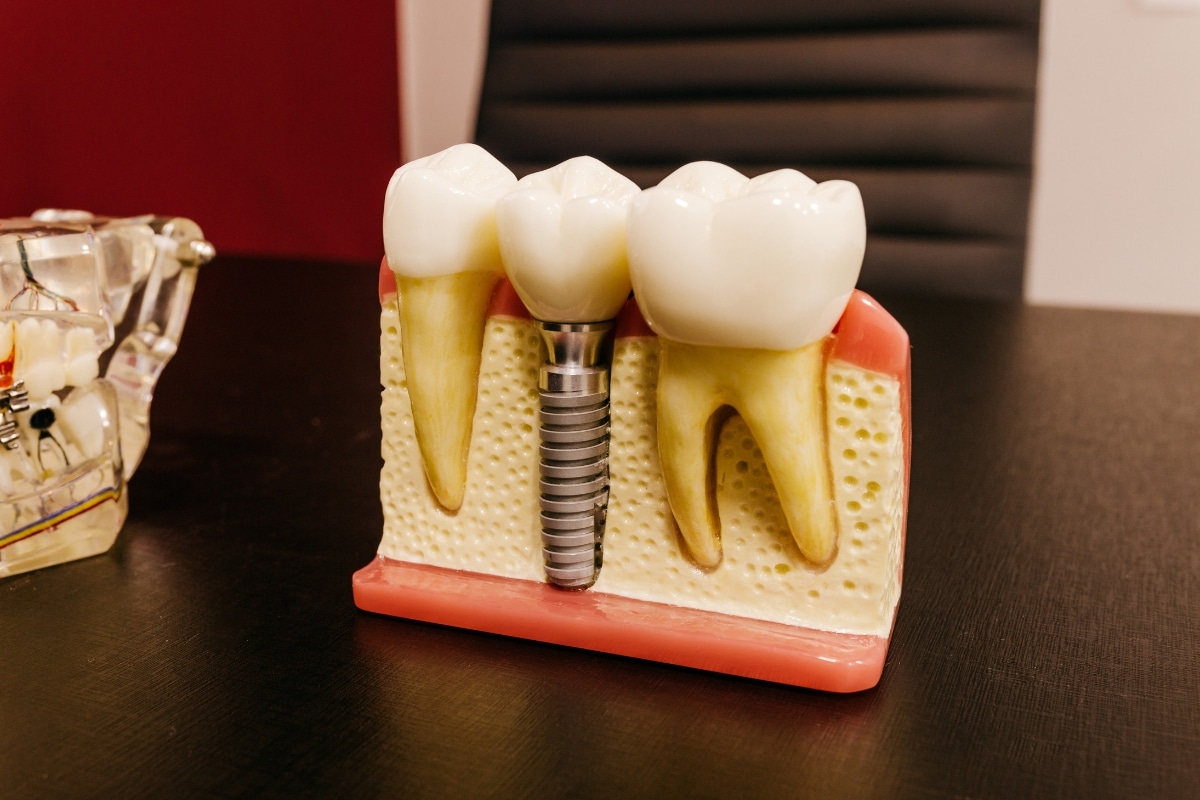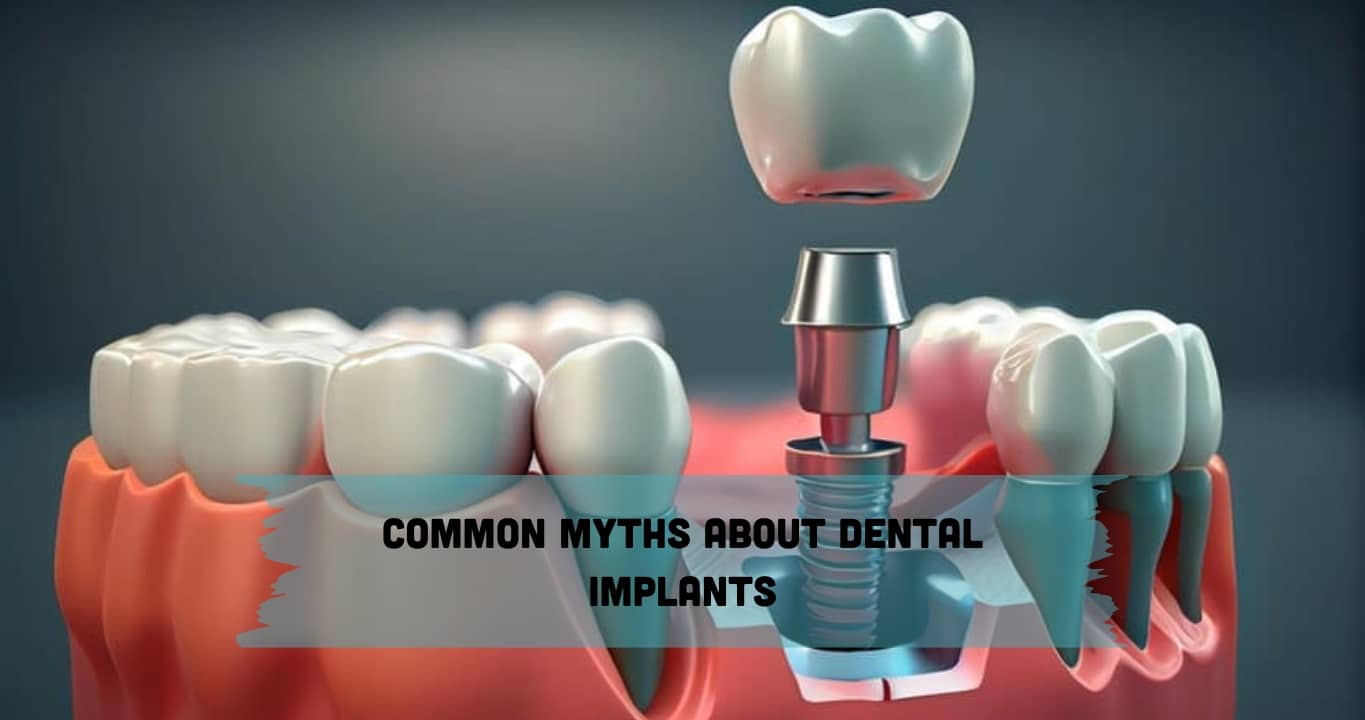
Receiving a dental implant involves more than just placing the implant; it carefully orchestrates the body’s ability to heal and integrate it into the surrounding bone. For those considering a Dental Implant, understanding the stages of bone healing is crucial to appreciating the full journey from the initial surgery to the final restoration of your smile.
Stage 1: Initial Healing (0-2 Weeks)
Immediately after the placement of a Dental Implant, the first stage of healing begins. During this initial phase, the body’s natural healing response kicks in. Blood clots form around the implant site, which is crucial for protecting the area and laying the groundwork for bone regeneration. This stage is primarily about wound healing, and it’s important to follow your dentist’s post-operative care instructions to ensure a smooth recovery.
In this early stage, you may experience some discomfort, swelling, or minor bleeding. These symptoms are typically mild and manageable with over-the-counter pain relievers and cold compresses. The primary goal during this phase is to keep the implant site clean and avoid disturbing the clot to allow for proper healing.
Stage 2: Early Osseointegration (2-6 Weeks)
During the next stage, known as early osseointegration, the bone begins to grow and fuse with the dental implant’s surface. The implant’s design, typically featuring a roughened or specially treated surface, facilitates this process by promoting bone cell attachment.
During this phase, the bone cells (osteoblasts) migrate to the implant surface and start producing new bone tissue. This new bone gradually begins to integrate with the implant, anchoring it securely in place. It’s important to maintain a soft diet during this period to avoid placing too much pressure on the implant, which could disrupt the healing process.
For those with a Dental Implant in Midwest City, your dentist will likely schedule follow-up appointments during this stage to monitor the implant’s stability and ensure that osseointegration is progressing as expected.
Stage 3: Advanced Osseointegration (6 Weeks to 3 Months)
As healing progresses, the new bone continues to grow around the Dental Implant becoming denser and stronger. Known as advanced osseointegration, this stage is crucial for the implant’s long-term success. During this phase, the implant essentially becomes part of the jawbone, making dental implants a permanent solution for missing teeth.
By this point, most patients experience minimal discomfort, and the implant feels more stable. However, it’s still important to follow your dentist’s instructions regarding diet and oral hygiene. Avoiding hard or chewy foods and maintaining good oral hygiene will help prevent complications such as implant failure or infection.
Stage 4: Maturation (3 Months to 6 Months)
The final stage of bone healing is maturation, where the bone around the Dental Implant reaches its full strength. During this phase, the new bone continues to remodel and mature, optimizing its density and stability. The implant is now fully integrated into the jawbone, making it a strong and stable foundation for the final prosthetic restoration.
At this point, your dentist will evaluate the implant to determine if it’s ready to support the final crown, bridge, or denture. This evaluation may involve taking X-rays or other imaging studies to assess the bone quality and implant integration.
Once your dentist is satisfied with the implant’s stability, they will proceed with the final stage of the restoration, which involves placing the custom-made crown or other prosthetic onto the implant. This final step completes the process, restoring both function and aesthetics to your smile.
Factors That Influence Bone Healing Around Dental Implants
While the stages of bone healing follow a general pattern, several factors can influence the speed and success of this process. For those considering a Dental Implant, it’s important to be aware of these factors, as they can impact the overall outcome.
Bone Quality and Density:
The existing quality and density of your jawbone play a significant role in how quickly and effectively the bone heals around the implant. Patients with lower bone density may require additional procedures, such as bone grafting, to ensure the implant has sufficient support.
Health and Lifestyle:
General health and lifestyle choices, such as smoking, can affect the healing process. Smoking, in particular, is known to impair blood flow and reduce the body’s ability to heal, increasing the risk of implant failure.
Oral Hygiene:
Maintaining excellent oral hygiene is crucial during the healing process. Bacteria can cause infections around the implant site, leading to complications such as peri-implantitis, which can compromise the implant’s success.
Patient Compliance:
Following your dentist’s post-operative instructions is vital for a successful outcome. This includes attending follow-up appointments, adhering to dietary recommendations, and avoiding activities that could put undue stress on the implant.
Understanding the stages of bone healing around dental implants helps patients appreciate the complexity and importance of the process. For those considering a Dental Implant in Midwest City, knowing what to expect at each stage can ease concerns and ensure a smoother journey toward achieving a healthy, restored smile.
Dental implants are a reliable and long-lasting solution for tooth replacement, but their success largely depends on proper bone healing and patient care. By staying informed and following your dentist’s advice, you can ensure the best possible outcome for your dental implant procedure. Whether you’re just beginning to explore your options or are already on the path to receiving a dental implant, being aware of the healing process will empower you to make informed decisions about your oral health.




